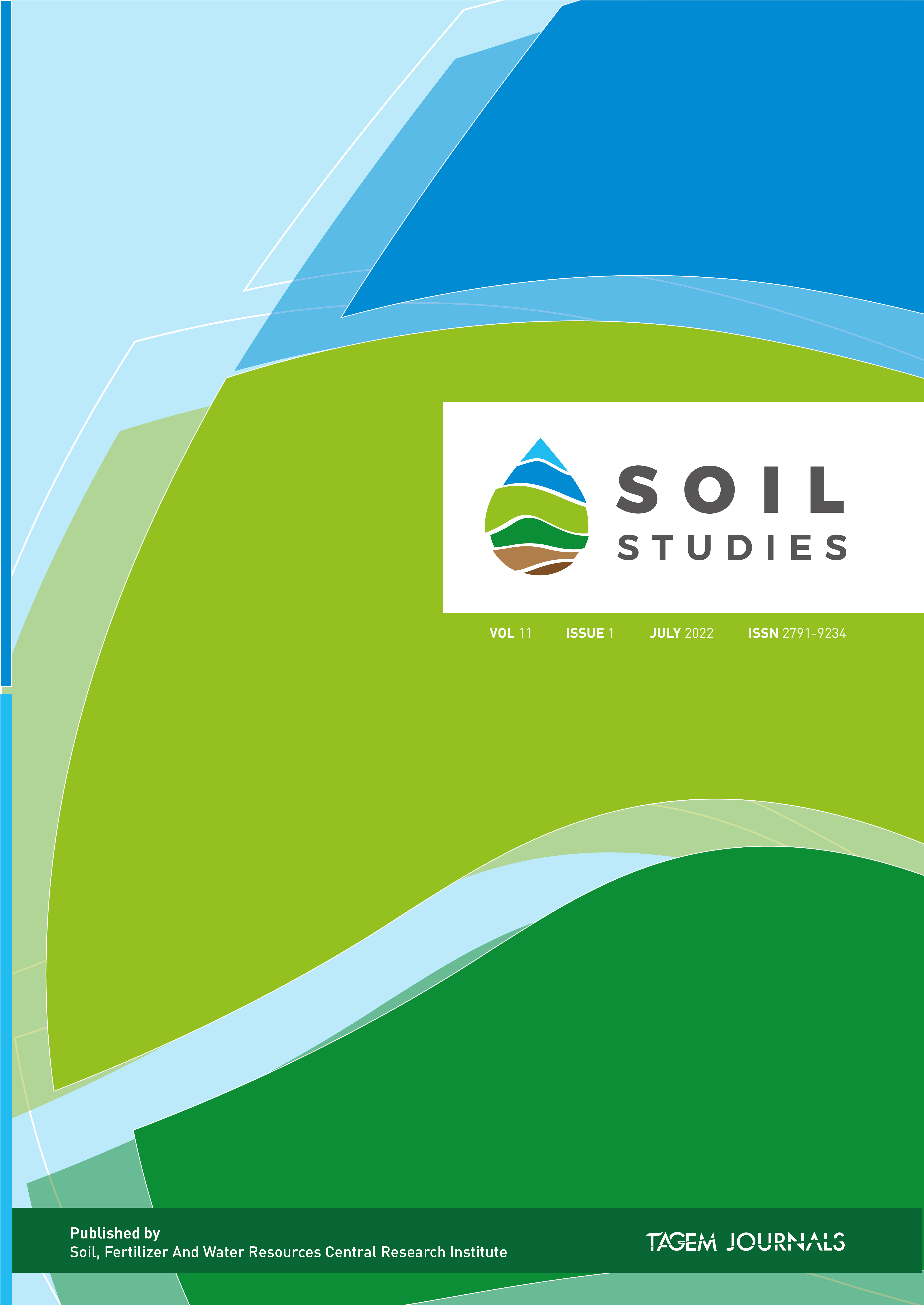Kadmiyum İle Kirlenmiş Toprakların Fitoektraksiyonla Arıtımında Transgenik Tütün Bitkisinin Kullanımının Araştırılması
Kadmiyum topraklarda yüksek hareketliliği, bitkiler tarafından kolay ve hızlı alınması ve düşük konsantrasyonlarda bile toksik olması nedeniyle çevresel açıdan en tehlikeli ağır metallerden biridir. Bu nedenle kadmiyumla kirlenmiş toprakların temizlenmesi önem arz etmektedir. Kadmiyum, topraklardan yüksek maliyetli arıtım teknolojileriyle veya daha düşük maliyetli, kolayca uygulanabilir bir yöntem olan fitoekstraksiyon yöntemiyle arıtılabilmektedir. Bu çalışmada daha hızlı ve fazla miktarda metalin topraktan uzaklaştırılması için mayadan (Saccharomyces cerevisiae) izole edilen ve metal bağlayan Metallothionein II (MTII) geni tütün bitkisine aktarılmıştır. Bitki tarafından alınan metalin hücrenin atık deposu olan vakuolde biriktirmesi için ScMTII genine, tatlı patatesten izole edilen Sporamin vacuolar targeting signal eklenmiştir. Deneme üç tekerrürlü olarak tesadüf parsellerinde bölünmüş parseller deneme desenine göre kurulmuştur. Gen aktarılmamış tütün (Nicotiana tabacum L.) çeşidi Petit Havana (SR-1) ve aynı tütün çeşidinin gen aktarılmış formu (p-S-ScMTII) 0, 0,2, 0,4, 0,8 ve 1,6 mg/kg Cd uygulanmış toprakta çiçeklenme dönemine kadar yetiştirilmiştir. Kadmiyum ilavesiyle büyümede çok az gerileme gözlenmiş, fakat Cd toksisitesi simptomu gözlenmemiştir. Kuru ağırlık ve Cd konsantrasyonu açısından bitkiler arasında istatistiki bir fark gözlenmemiştir. Ancak her iki bitki grubunda da Cd dozu arttıkça bitkilerde Cd konsantrasyonu artmıştır. 1,6 mg/kg Cd uygulamasında kontrole göre bitkilerin Cd konsantrasyonu sırası ile gen aktarılmış ve gen aktarılmamış tütünde 13,8-32,9 katlık bir artış göstermiştir. Araştırma sonuçları ScMTII geni aktarılmış transgenik tütün bitkisinin uygulanan doz oranlarında Cd ile kirlenmiş toprakların temizlenmesinde etkili olmadığı bu nedenle daha yüksek Cd konsantrasyonlarında denenerek Cd biriktirme kapasitesinin araştırılması gerektiğini göstermiştir.
Investigation of the Use of Transgenic Tobacco Plant in the Treatment of Cd-Contaminated Soils by Phytoextraction
Cadmium is one of the environmentally problematic heavy metals, because of its high mobility in soils, its ease and fast uptake by plant
and very high toxic potential even at very low concentration. Thus its extraction from the polluted sites is environmentally important. Cadmium can
be extracted from the soils either any of expensive remediation methods or phytoextraction which is a method with easy application, natural, and
increasing usage. In this study, for fast and efficient removal of heavy metals, including Cd, Metallothionein II (MTII) gene isolated from
Saccharomyces cerevisiae (Sc) and Sporamin vacuolar targeting signal gene isolated from sweet potatoes were added for bearing transgenic plant.
The experiment was set up in spilt-plot in completely randomized design with three replications. Then the non-transgenic (Nicotiana tabacum L. cv
Petit Havana SR1) and transgenic tobacco plants (p-S-ScMTII) were grown in pots containing 0, 0.2, 0.4, 0.8 and 1.6 mg/kg Cd up to flowering
stage. Cadmium addition resulted in a slight decrease in growth but no toxicity symptoms were observed. There were no statistical differences in
transgenic and non-transgenic plants for dry biomas and Cd concentration. However, Cd concentrations of shoots of both plants were increased
upon increasing Cd concentration of soil. For 1.6 mg/kg Cd treatment, Cd concentration of transgenic and non-transgenic plants increased 13.8-
32.9 fold, respectively comparing to the control. Results suggested that S-ScMTII gene bearing transgenic plant did not improve Cd uptake in the
studied range of soil Cd concentration. The efficiency of ScMTII gene for accumulation of Cd in shoots should be investigated at higher Cd concentration.
